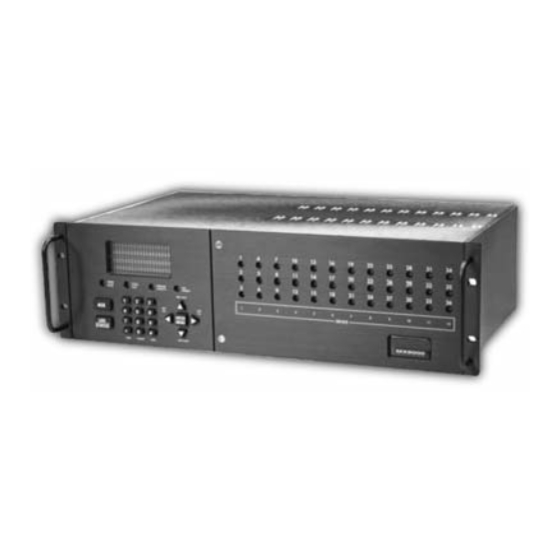
Honeywell MX8000 Manuals
Manuals and User Guides for Honeywell MX8000. We have 1 Honeywell MX8000 manual available for free PDF download: Installation And Operation Manual
Honeywell MX8000 Installation And Operation Manual (192 pages)
Digital Alarm Receiver
Table of Contents
-
-
Features9
-
Terminology12
-
-
-
Quick Start21
-
Overview22
-
-
-
Displays38
-
LED Displays39
-
Normal Mode42
-
Program Mode43
-
Main Menu43
-
Call History44
-
System Info45
-
Printer Menu47
-
Program Menu52
-
-
Slave List82
-
View Slave83
-
Copy Device(S)124
-
Clear Device126
-
View Devices126
-
User List127
-
Adding a User127
-
Editing a User128
-
-
Introduction141
-
Ademco 8000143
-
AE Header Block143
-
685 Contact ID154
-
FBII Superfast162
-
Contact ID162
-
SK9000 Protocol165
-
Long Calls166
-
Bad Data167
-
System Messages168
-
Report Record169
-
Log Record171
-
Test Record172
-
OKAY Record172
-
-
Appendix C Index
189-
Limited Warranty191
-
Advertisement
